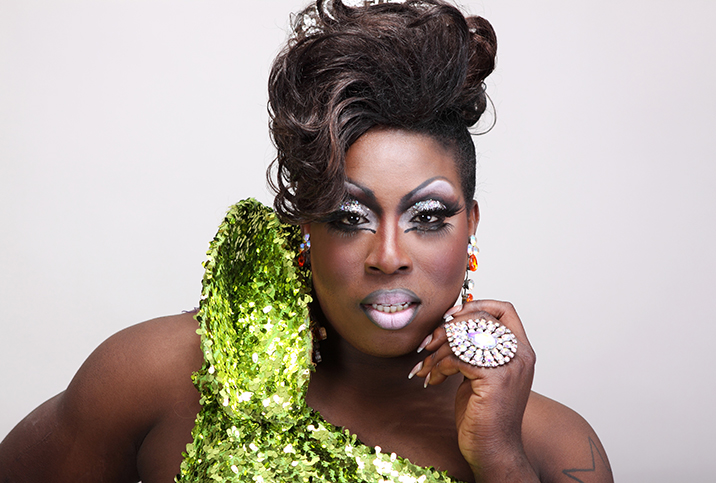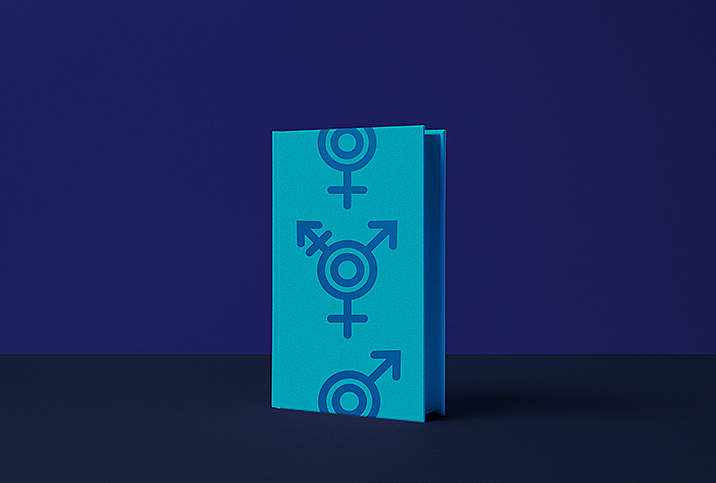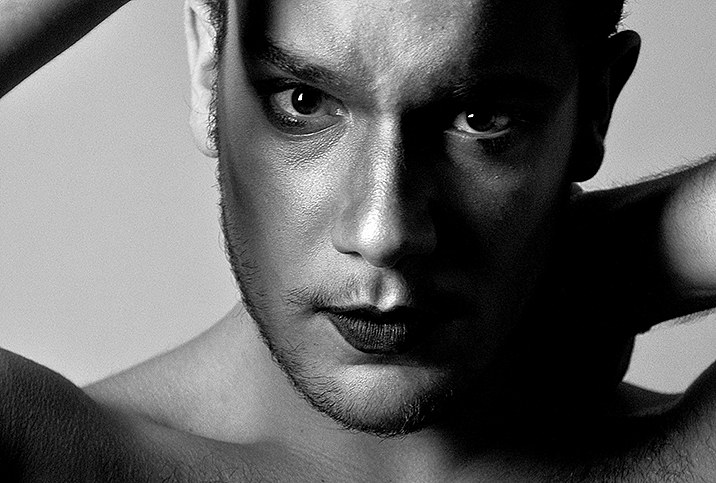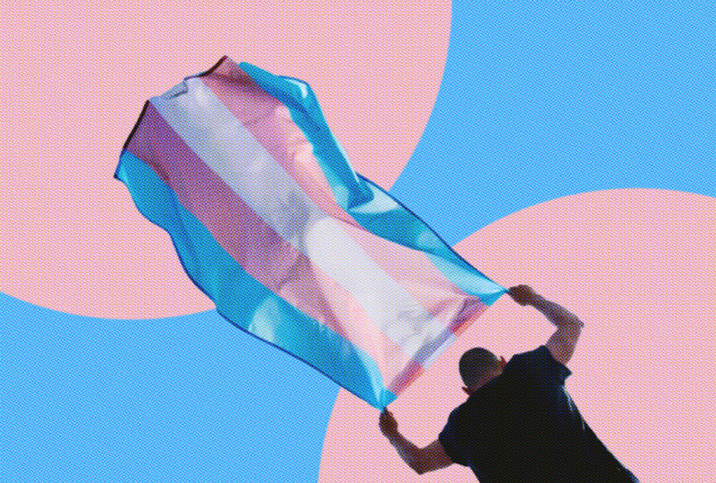What's the Difference Between Being Trans and Cross-Dressing?

It's easy to forget how quickly the social understanding of gender has changed in the past few decades. The explosion of transgender visibility has caused many people to reconsider the very definitions of terms like "woman" and "man," and more and more new avenues are now available for anyone to explore their own identities.
Of course, not everyone is aware of all the intricacies of gender. To put it simply, gender is now understood to be a complex subject, even if most people still don't spend a lot of time thinking about it. While plenty of younger people are more clued in to the transgender experience, there are wide swaths of the public that don't understand what it means to be trans and have no idea if they've ever come into contact with a trans person.
Questions can be complex, but they can also be basic. Is a drag queen transgender, and vice versa? What pronouns should I use? And what about these newer terms like "femboy"?
Let's see what we can do about helping out here.
Finding definitions
Before we get ahead of ourselves, it's important to first have some understanding of certain key terms. When a baby is born, the child is assigned "female" or "male" on their birth certificate. The term most transgender people would use for this assignment is "sex." This is determined by your chromosomes and genitals, according to Planned Parenthood, but may not necessarily line up with your gender.
The term "gender" is much more complicated. Planned Parenthood defines gender as a "social and legal status, and set of expectations from society, about behaviors, characteristics and thoughts." Your gender identity can be described as the way you feel inside, and how you express yourself in terms of your behavior, clothes and personal appearance.
For most people, that lines up with their sex at birth. But for transgender people, it doesn't. People assigned male at birth can identify as women, and vice versa, or as something outside the binary of women and men entirely.
So what about drag queens?
Even if you aren't familiar with the concept of being transgender, you've likely heard of drag. Programs such as "RuPaul's Drag Race" have brought playing with gender conventions into households all across America. Because "Drag Race" and other popular depictions of drag queens typically feature men dressing as women, one could easily assume they are transgender. However, doing drag and being trans are critically different.
"Drag" is as old as time. It is, according to the National Center for Transgender Equality, "a type of entertainment where people dress up and perform, often in highly stylized ways." This usually means dressing up in a manner opposed to your gender identity. "Drag queens" are men who dress up as stylized women and may or may not identify as gay. They often play characters and have exaggerated makeup and outfits. It's a performance tradition with roots in theater and the gay community. Think Shakespeare if you want to get some perspective on the history of drag.
While some transgender people do occasionally perform drag, not all trans people are drag artists. When drag queens and kings take off their outfits and makeup, they are finished playing a role; when trans people do the same, they're still transgender.
Outside the gender spectrum
Some people deliberately embrace elements of both genders without identifying as trans women or men, while others do away with expressing gender entirely. Nonbinary people exist outside the spectrum of gender identity; some dress androgynously, while others embrace feminine and masculine styles simultaneously.
As visibility for all of these groups increases, there will only come new ways of expressing gender.
Others, still, decide to deliberately play with our notions of what it means to be a "man" or a "woman." "Femboys," according to Dictionary.com, are "young, usually cisgender (men) who display traditionally feminine characteristics." The term femboy—sometimes, but not always, used as a derogatory term—is increasingly prominent among a certain subset of people who aren't drag queens or trans women, but nevertheless present femininely.
As visibility for all of these groups increases, there will only come new ways of expressing gender. What's important to keep in mind is that all of these are perfectly valid ways of presenting yourself to the world. For most of us, being recognized and respected for who we are is one of the most important parts of taking our place in society.
It is, however, very important to ask before making assumptions! The differences are nuanced, and only the person in question can tell you how they truly identify. And be sensitive in any inquiries—it may not be any of your business!


















